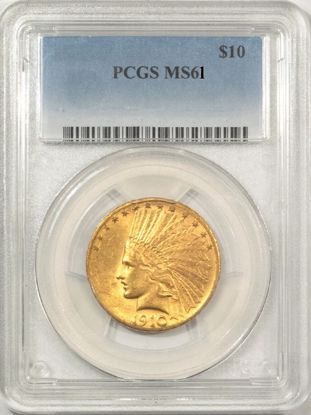- Rare Coins for Sale | Rare Coin Prices (1877)
- Bullion (364)
-
Generic US Gold Coins
(145)
-
Certified Generic US Gold Coins
(78)
- Type 1 Liberty Gold Dollar (5)
- Type 2 Indian Gold Dollar (4)
- Type 3 Indian Gold Dollar (5)
- Liberty Gold Quarter Eagle (6)
- Indian Gold Quarter Eagle (5)
- Three Dollar Gold (5)
- Liberty Gold Half Eagle (4)
- Indian Gold Half Eagle (5)
- Liberty Gold Eagle (5)
- Indian Gold Eagle (4)
- Liberty Gold Double Eagle (13)
- St. Gaudens Gold Double Eagle No Motto (11)
- St. Gaudens Gold Double Eagle Motto (6)
- Uncertified Generic US Gold Coins (67)
-
Certified Generic US Gold Coins
(78)
- Collectible Silver Dollars & Half Dollars | Buy Rare Silver Coins (9)
- Featured Specials (407)
Park Avenue Numismatics
5084 Biscayne Blvd, Suite 105
Miami, FL 33137
Toll Free: 888-419-7136
Secure Private Ordering
We use the latest online security processing,
so your order is safe & private.
We DO NOT disclose any customer
information to ANY third party company.
Our customer privacy is our priority.
Over 30 Years Experience
Park Avenue has over 30 years
experience buying and selling
Rare Coin and Precious Metals.
We have the knowledge and
ability to provide our customers
with the best products and services.




Indian Gold Eagle
Issued from 1907-1933, the Indian series was created by Augustus St. Gaudens the brilliant sculptor who was considered a genius in his day. The 1907 as well as the first issues of 1908, lacked the motto IN GOD WE TRUST because President Teddy Roosevelt had objected to the reference to God as blasphemous. However, he was overruled by the Legislature who insisted the motto be restored, and so IN GOD WE TRUST was added to the reverse in 1908. This series is always in hig demand due to its large size and low survival rate.
















